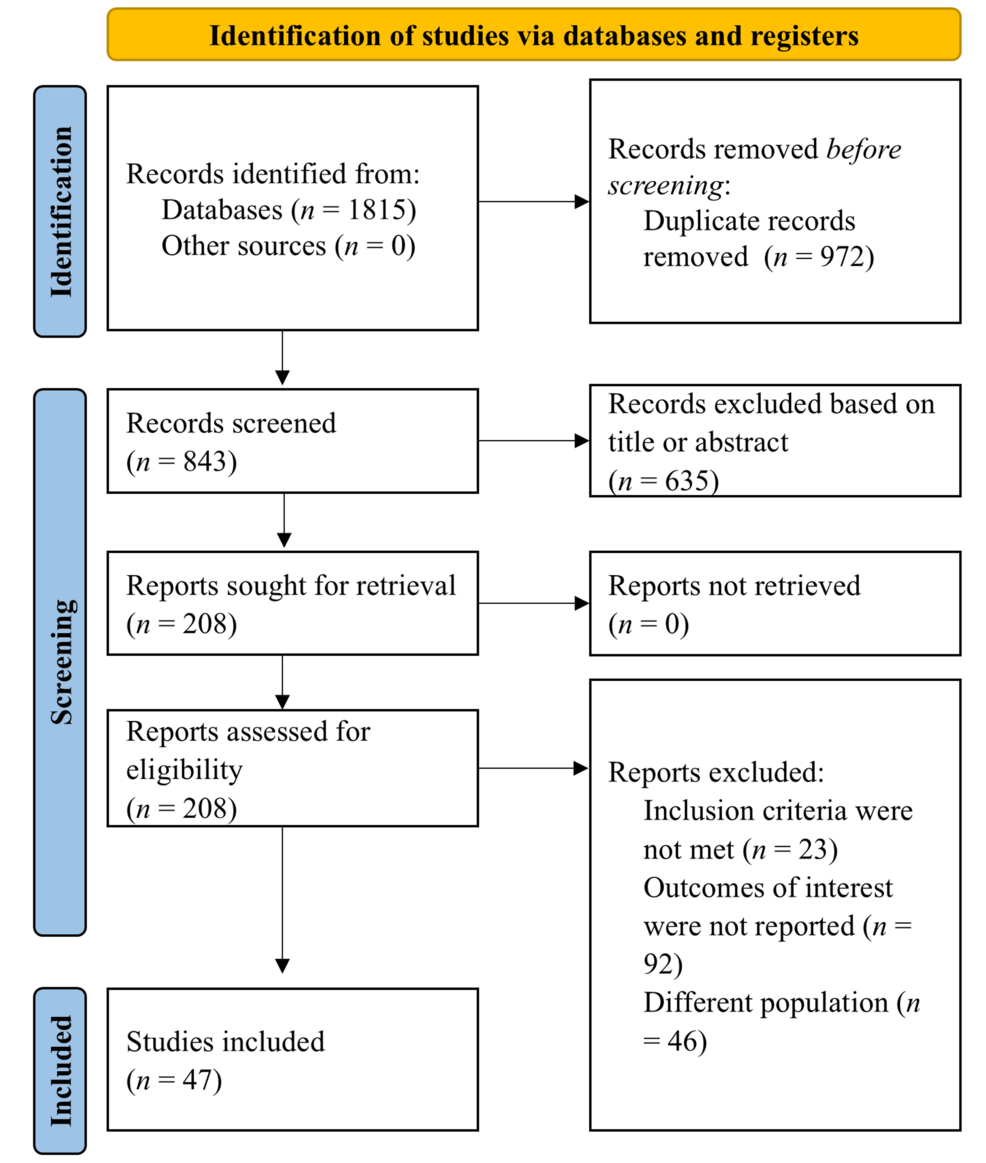Judith Joseph, a board-certified psychiatrist and clinical assistant professor, has identified a condition many people experience but often overlook: high-functioning depression. This term describes individuals who manage their daily responsibilities despite feeling persistently sad or empty. Joseph’s insights come from her own experiences and her research, which aims to highlight a previously neglected area in mental health literature.
High-functioning depression is characterized by symptoms commonly associated with clinical depression, including low energy, feelings of guilt, and an absence of joy, known as anhedonia. However, unlike traditional depression, individuals with high-functioning depression maintain their daily routines and often excel in their careers and personal lives. They may feel pressure to continue performing due to the expectations of others, leading to a cycle of avoidance and emotional numbness.
Joseph emphasizes that this condition is not well-documented in medical literature, prompting her to conduct the first research study on high-functioning depression, published in February. Her findings form the basis of her book, “High Functioning: Overcome Your Hidden Depression and Find Your Joy.” The book combines research, patient anecdotes, and personal reflections to guide readers in understanding their emotions and reclaiming their happiness.
In her work, Joseph discusses the importance of acknowledging one’s emotional state. Many individuals with high-functioning depression cope by immersing themselves in work or responsibilities, avoiding introspection. This avoidance can manifest as a lack of pleasure in activities once enjoyed, a key indicator of anhedonia. Joseph explains that recognizing and validating these feelings is the first step toward recovery.
“People often believe they need to be visibly sad to experience depression, but that’s not the case,” Joseph notes. “Many continue to excel outwardly while struggling internally.”
She introduces her concept of the Five V’s—validation, venting, values, vitals, and vision—as tools to help individuals reconnect with their joy. Each element serves a specific purpose: 1. **Validation**: Acknowledging one’s feelings without judgment. 2. **Venting**: Expressing emotions through various outlets, such as writing or art. 3. **Values**: Identifying what brings true meaning to one’s life beyond external achievements. 4. **Vitals**: Maintaining physical health through sleep, nutrition, and exercise, which directly impact mental wellbeing. 5. **Vision**: Planning for joy and setting achievable goals to foster a positive outlook.
Joseph stresses the importance of small, manageable steps. For those who feel overwhelmed, she recommends starting with one or two of the Five V’s rather than trying to tackle everything at once. Simple practices, such as daily reflection or grounding exercises, can initiate deeper self-awareness and emotional processing.
In her discussions on recovery, Joseph addresses the role of trauma in high-functioning depression. Many individuals may sacrifice their own happiness to support others, leading to feelings of low self-worth. Recognizing this pattern is vital for breaking the cycle of self-neglect.
Joseph concludes by encouraging readers to actively engage in their mental health. “Understanding the science of your happiness is essential. Each person’s journey is unique, and by identifying what drains your joy, you can work towards increasing it,” she advises.
Her book serves as a practical guide for those seeking to understand their mental health better and implement strategies for improvement. The insights shared by Judith Joseph not only illuminate the often-hidden struggles of high-functioning depression but also provide a pathway to greater joy and fulfillment.



